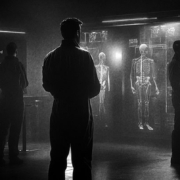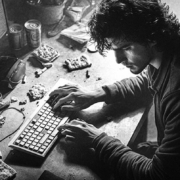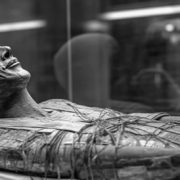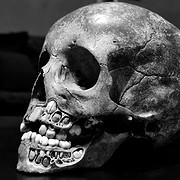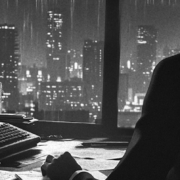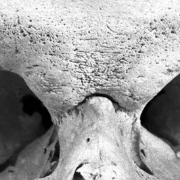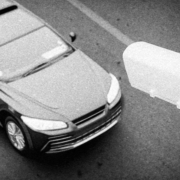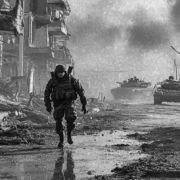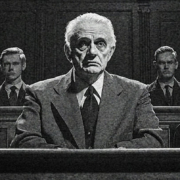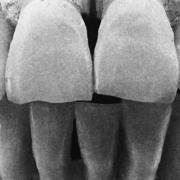Computer vision constitutes a dynamic and intricate field within computer science, where the aim is to imbue computers with the capacity to interpret and understand the visual environment, much like the human visual system does. This discipline is at the intersection of algorithmic innovation, machine learning, and artificial intelligence, enabling the analysis of images, videos, and other visual data sources to extract meaningful information or to initiate responsive actions.
Two-factor authentication (2FA) emerges as a bulwark in the digital age, an indispensable safeguard against the ever-present threats posed by cybercriminals. Beyond the classic username password combination, 2FA adds an extra layer that repels even the most sophisticated attacks. For a forensic expert like me, implementing 2FA is not just a recommendation; it is an absolute necessity. In the following narrative I will not only shed light on the critical risks of foregoing 2FA but also share my personal journey in the digital underground, a world where bits and bytes form the very fabric of existence.
Forensic science – this fascinating, multifaceted realm in which natural scientific techniques are employed to solve criminal activities – harbors secrets and insights that captivate the mind. One of the brightest stars in the forensic firmament is the dating of human remains, a process that is indispensable in criminal investigations. Radiocarbon dating, widely known as C14 analysis, stands out for its precision and reliability. Let us illuminate the magical potential and the inevitable limitations of this method in the context of modern forensics.
In humility I am always awed by the limitless ingenuity of Mother Nature, whose intricate design is exemplified by the countless functions of the human body. From the moment of birth, through the many phases of growth, maturation and eventual senescence, Homo sapiens stands as a testament to biological evolution, an awe-inspiring masterpiece that challenges our understanding of nature. One is compelled to wonder about the force behind this creation and the intelligence responsible for orchestrating such a marvel.
China’s latest AI sensation, DeepSeek, has taken the tech world by storm, and not just for its impressive capabilities. In record time, this startup has climbed the app charts, putting pressure on established players like OpenAI. What makes DeepSeek stand out is its claim of delivering performance comparable to Western AI models while requiring significantly fewer resources. Sounds too good to be true? Perhaps, because a massive security flaw has already exposed serious weaknesses in how DeepSeek handles data privacy.
Good afternoon, everyone. Today, I invite you to explore the fascinating realm of sex estimation from human skeletal remains, a discipline that bridges the scientific domains of forensic and archaeological anthropology. This skill is a cornerstone for reconstructing not only the lives of individuals but also the intricate social fabrics of their communities. Whether we are delving into ancient civilizations or working on modern forensic cases, sex estimation provides crucial insights.
Read more
In my long-standing career as an expert in identifying living individuals from images, I have repeatedly experienced the immense importance of precise identification from photographic and video evidence. However, this task is becoming increasingly complex. In a world where crime and security-relevant incidents are steadily increasing, courts, investigative authorities, and experts face the great challenge of identifying individuals from often blurry, shaky, or poorly lit footage undoubtedly. Yet, despite these difficulties, the quality and resolution of the material presented to us improves significantly from year to year.
Read more
As an analyst, I have made it my mission to consider political and economic conflicts as objectively as possible. But the deeper I delve into the Ukraine conflict, the clearer it becomes how much public perception is influenced by targeted information and perspectives. Many people view the events through a preconceived lens that was not formed by chance but deliberately shaped. Although I strive to maintain my neutral stance, it is difficult to ignore the obvious discrepancies between official statements and the actual motives.
The dawn settles over Frankfurt am Main, the city awakening to the roar of departing planes and the whispers of early commuter streams. But today is no ordinary day. It is the day justice is tested – through me, an expert in forensic facial recognition. My expertise is not just a tool; it becomes the judge of someone’s fate.
It was a foggy winter morning as I trudged through the thicket of a dark forest with a police officer, the leaves crunching under my boots. The world seemed to be sunk in a gloomy silence, only the distant rustling of the wind in the tree canopies breaking the stillness. Suddenly, I stopped. A strange smell wafted into my nose – not just damp earth, but a mixture of decay and something metallic. My heart began to beat faster, and my gaze fell on a pile of leaves that were oddly disturbed.
